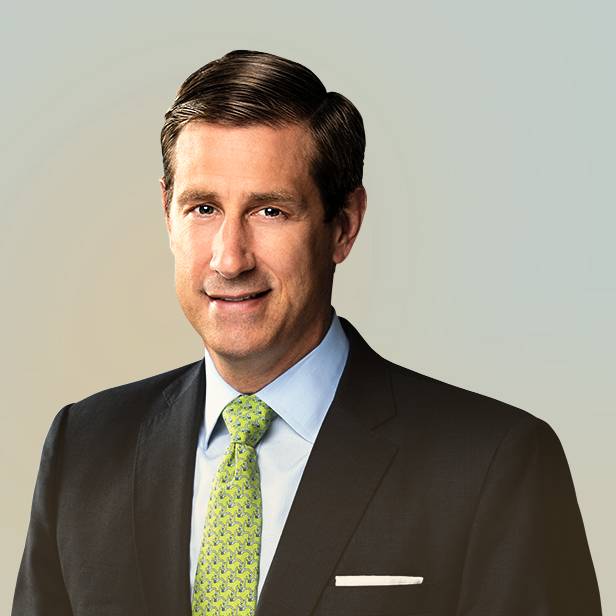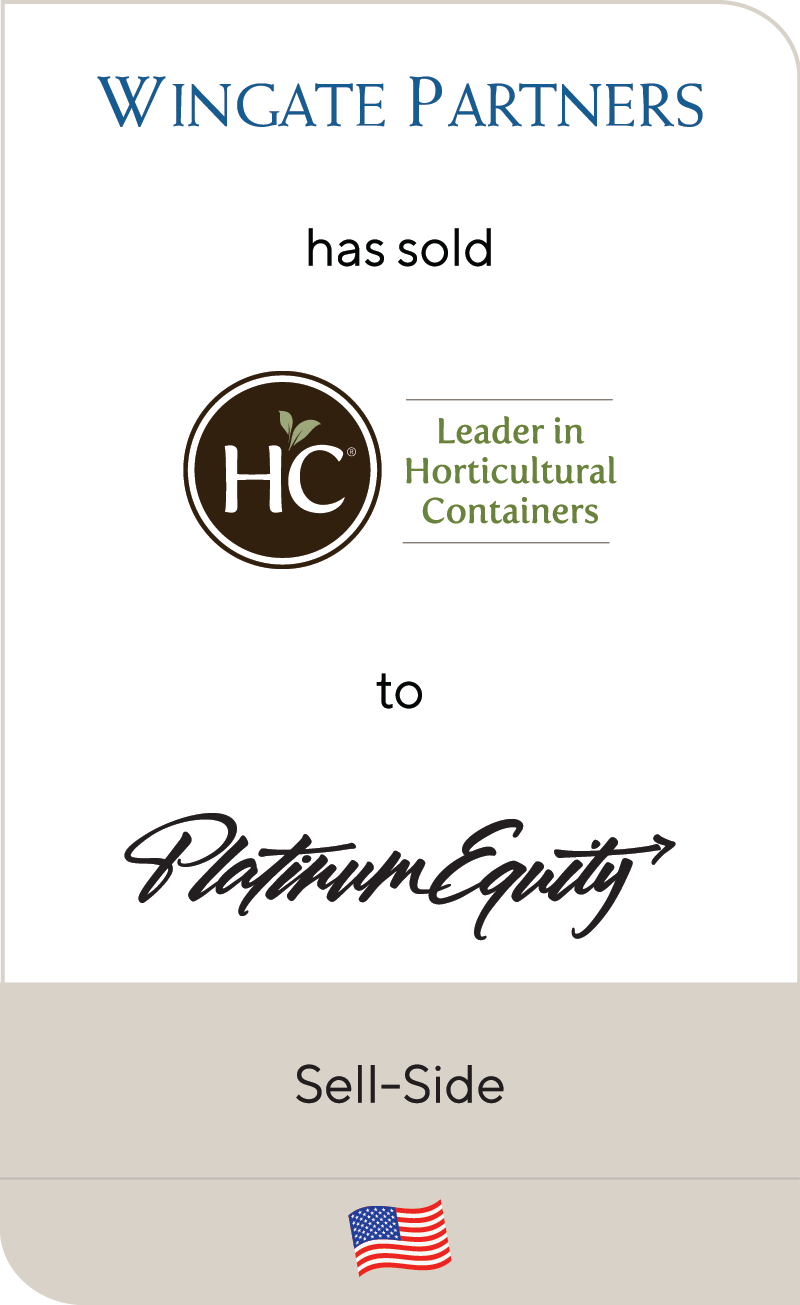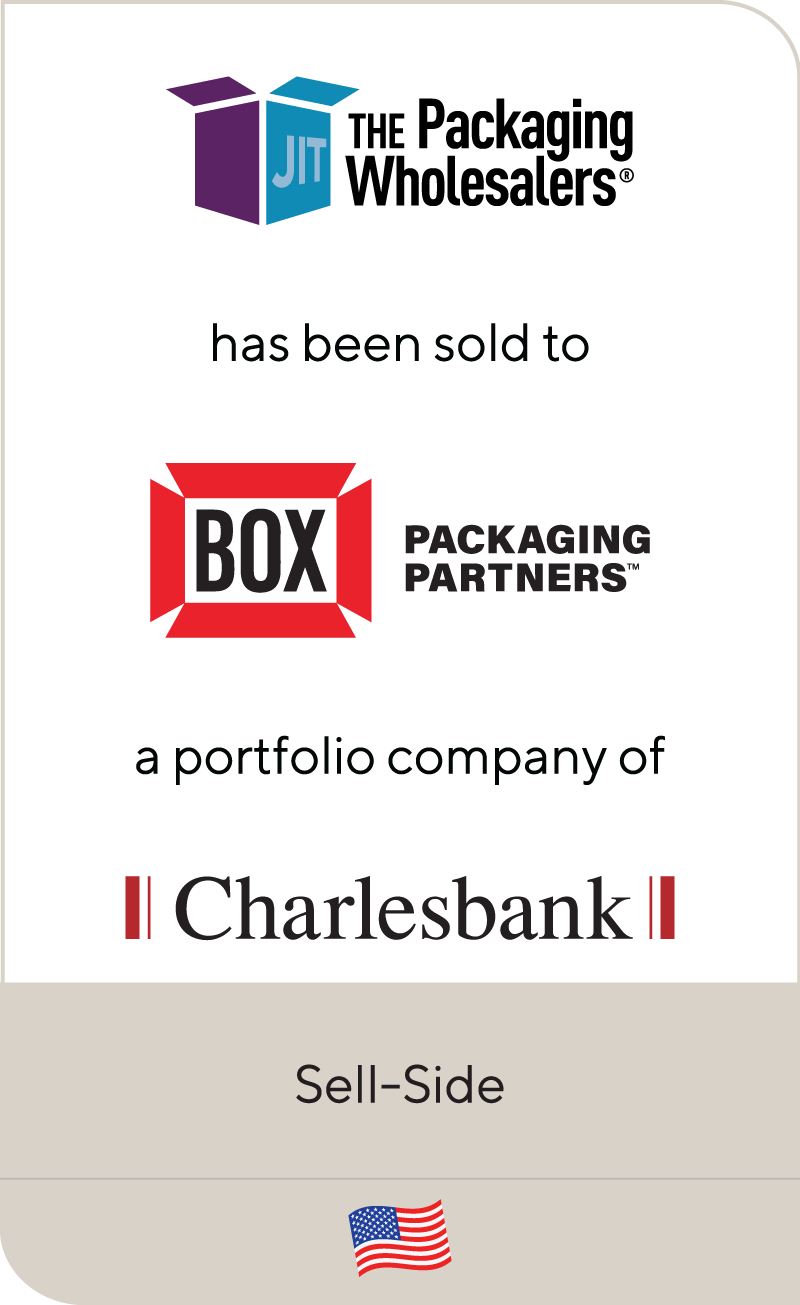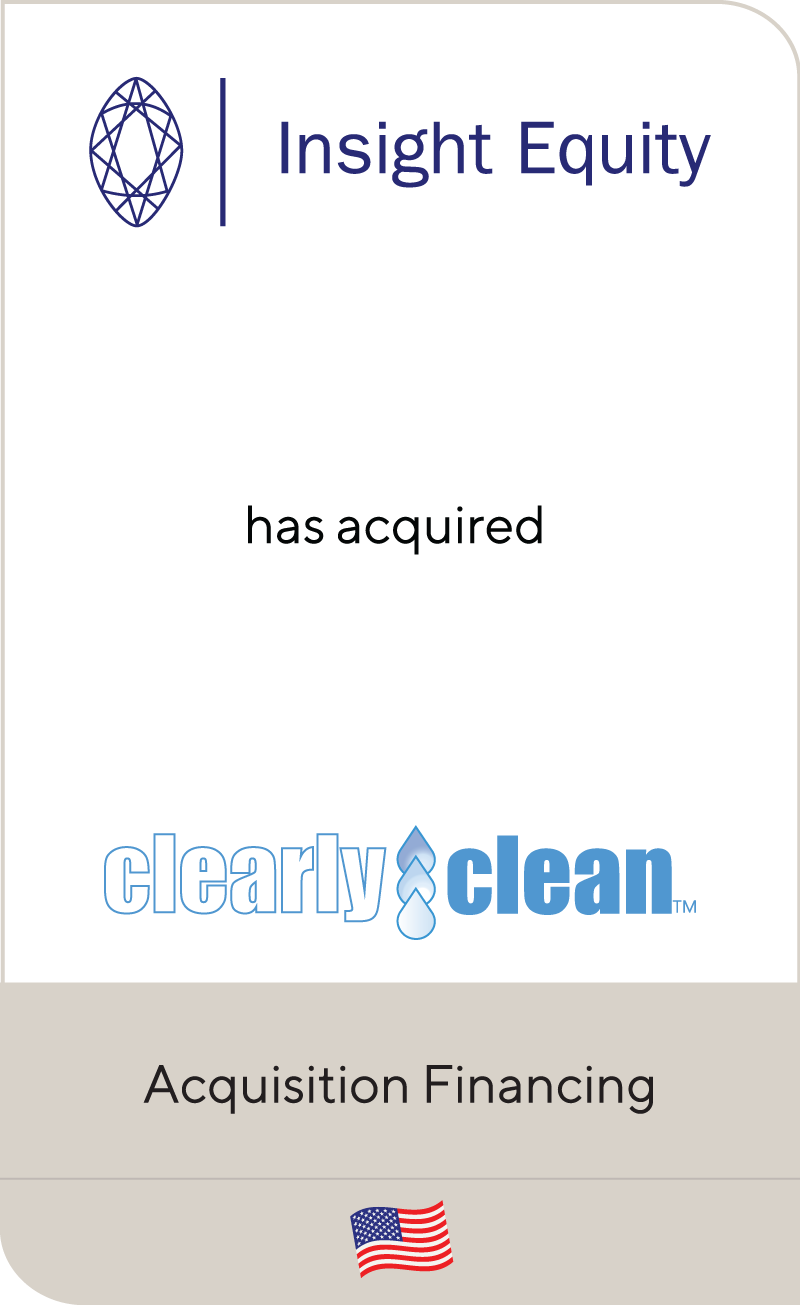Innovation and Advancements in Packaging Technology
Apr 2023
| Advancements in packaging across both active and passive technologies continue to revolutionize the industry as new features, functionality and capabilities broadly become more available. Packaging companies have an increased emphasis on differentiating themselves in the market through unique, tech-enabled offerings as customers have demanded more innovative solutions. As a result, mergers and acquisitions (M&A) continues to be an attractive strategy for acquirers to pursue new technologies to drive growth in their existing platforms.
In the below perspective, Lincoln International explores the evolution of packaging technology as well as M&A opportunities. |
Summary
-
Lincoln International discusses packaging innovation trends and the rise of technology-enabled “smart packaging.”
- Click here to download a printable version of this perspective.
- Sign up to receive Lincoln's perspectives
Thinking Outside the Box
“Technology” and “evolutionary” are typically not the first words that come to mind when thinking about the packaging industry. For those within the industry, innovation is as top-of-mind as ever as the sector continues to transform, resulting from changing market dynamics, regulations and customer demand.
The definition of “smart” packaging is often up for debate and can be considered more broadly as any technology, either active or passive, that enables a package to serve a further function beyond a vessel for goods. This could be as simple as radio frequency identification (RFID) codes scanned to provide further information of the contents via the internet, pads that prolong the life of raw foods or tamper-activated sensors that track the opening and closing of a container.
Smart packaging solutions continue to revolutionize the industry by incorporating electronic and sensing devices into packaging materials to provide added functionality beyond containing and protecting products. Nowhere has this been most evident than in e-commerce, where “next-day” delivery has turned into “next hour,” and ordering groceries online has become as commonplace as buying books. Smart packaging innovations can help reduce waste and improve the efficiency of the supply chain by providing real-time data on the location and condition of products in transit.
In areas such as healthcare, smart packaging enables providers to monitor what and when prescriptions are removed from a container, connecting patients directly with their personal care providers. Rising medical costs and more personalized care have created an opportunity for innovations in medication adherence, such as tamper-evident packaging, which have become a cost-effective solution for real-time patient monitoring in an ever-changing healthcare and regulatory environment.
Enhancements in packaging are not only transforming the way products are packaged and shipped, but also impacting how acquirers think about M&A. As newer market entrants commercialize technologies, traditional packaging companies are looking to expand their capabilities and offer more value-added services to their customers through M&A. This has led to an increase in acquisition activity within the industry focused on technology-specific interests versus more historical pursuits such as geographic and customer expansion. For example, after years of very large, transformational acquisitions, paper-based manufacturer WestRock has announced its intention to look toward smaller, “tuck-in” acquisitions focused on targeted technologies such as materials science and digital. Financial acquirers, such as private equity and venture capital firms also have similar interests in “non-traditional” packaging businesses as they look to fund emerging companies disrupting the industry.
Packaging Technology: An Active and Passive Approach
There are typically two main categories to consider across the smart packaging landscape: active and passive. Active packaging systems are designed to interact with the packaged product or the environment, while passive packaging systems are designed to monitor and report on the condition of the product itself versus directly interacting with it. Examples of active packaging include oxygen scavengers, moisture absorbers and antimicrobial agents. Passive packaging technologies include temperature labels, RFID tags and printed sensors.
Smart packaging technology is driving efficiency in the food safety space. Innovations in food packaging can detect and prevent food spoilage by providing real-time data on the condition of the product. For example, smart packaging, such as Zebra Technologies’ Temptime sensors (acquired by Zebra in January 2019), can monitor the temperature and humidity of fresh produce during transportation and storage, and alert suppliers and consumers when the product is approaching its expiration date. Technologies such as these can lower food waste and improve food protection, greatly reducing cost while also emphasizing sustainability.
Healthcare is another area where smart packaging applications are having an impact. Smart packaging can advance the security and efficacy of pharmaceutical products by monitoring the temperature and humidity of the product during transport and storage, preventing spoilage and product loss. Packaging temperature sensors became quite abundant during the onset of COVID-19 due to the strict requirement of vaccines to remain at a constant temperature during transport. Due to the rapid scaling of these sensors, costs were further reduced, opening the door to many other applications outside of healthcare including consumer goods and food and beverage.
In addition to improving safety and quality, smart packaging also provides valuable insights into the supply chain, which became most evident by disruptions following the COVID-19 pandemic. Smart packaging solutions such as location-enabled sensors can identify bottlenecks and inefficiencies by tracking the location and condition of products in real-time, allowing companies to digitize supply chains and reduce costs. A recent example includes Wiliot’s “Pixel”, a battery-free RFID label that provides real-time insights into goods, such as location, without expensive, material-heavy batteries. Smart packaging also supports inventory management, ensuring product availability when and where needed in the production or sales cycle. Customers can leverage data collected by the package and software enabled by enterprise resource planning (ERP) and business intelligence systems, gaining valuable insights into their inventory and products including the movement of goods, ship times and environmental impacts such as temperature and humidity.
A Smart Deal for Buyers and Sellers
Companies with innovative packaging technologies bring forth a number of benefits for both buyers and sellers. Strategic buyers have the opportunity to acquire companies that specializes in smart packaging or other advanced solutions, providing access to new markets, increased capabilities and improved efficiencies. Additionally, the acquisition of a company with a strong intellectual property portfolio provides a competitive advantage and creates further barriers to entry for other market participants. Owners and sellers of innovative packaging companies can also benefit in being acquired by a larger packaging player who can provide access to greater resources, increased distribution networks and the ability to rapidly scale their technology. A successful acquisition provides a significant return on investment for shareholders, while also allowing the company to continue to enhance and develop new technologies. In March 2022, Sealed Air acquired Foxpak Flexibles, a developer of digital printing and flexible packaging which leverages its digital printing capabilities to print directly on its flexible packaging materials to empower customers’ brands. This aligned with Sealed Air’s $100 million investment into digital offerings through its prismiq™ business line, which includes a portfolio of solutions that combine the best of digital printing, smart packaging and package design services. Financial acquirers also benefit by investing early in emerging companies who could utilize additional capital as they seek to scale up and commercialize their products.
The Future of Packaging
Advancements in packaging will continue to transform the landscape and have a significant impact on M&A activity within the sector as new solutions are introduced and technology becomes more cost favorable. Strategic players will look to expand their capabilities and offer more value-added services to customers, resulting in greater interest for smart packaging technologies and an increase in M&A activity. As competition for differentiation heats up and customer demand for tech-enabled packaging solutions rises, we can expect to see more innovative partnerships and acquisitions in the years to come.
Contributors
Meet Professionals with Complementary Expertise
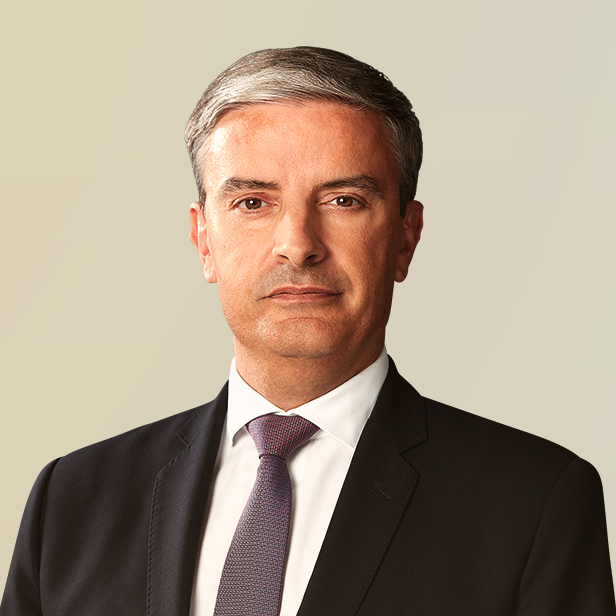
I strive to deliver value-added advice, leveraging deep industry knowledge and extensive industry relationships.
Guillaume Suizdak
Managing Director & European Co-head of Industrials
ParisRelated Perspectives in Packaging

Packaging Quarterly Review Q2 2024
Over the last several years, the packaging industry has undergone significant transformations driven by rapid advancements in technology. From the introduction of innovative materials and sustainable practices to automation and… Read More

De-Stocking has Subsided, Pricing has Normalized and Demand is Returning in Packaging
As supply chain disruptions ease and consumer demand stabilizes, the prolonged period of de-stocking, within packaging and the broader economy, is ending, as supported by the most recent Monthly Wholesale… Read More

Packaging Quarterly Review Q1 2024
Supply chain constraints stemming from COVID-19 triggered significant shifts in demand, and access to, packaging supplies across various industries, as well as inventory management strategies. Over the course of the… Read More

Packaging Quarterly Review Q4 2023
Mergers and acquisitions (M&A) markets closed Q4 2023 in a similar vein to previous quarters, with a decline in completed deals. The packaging market closely followed suit, also experiencing a… Read More

